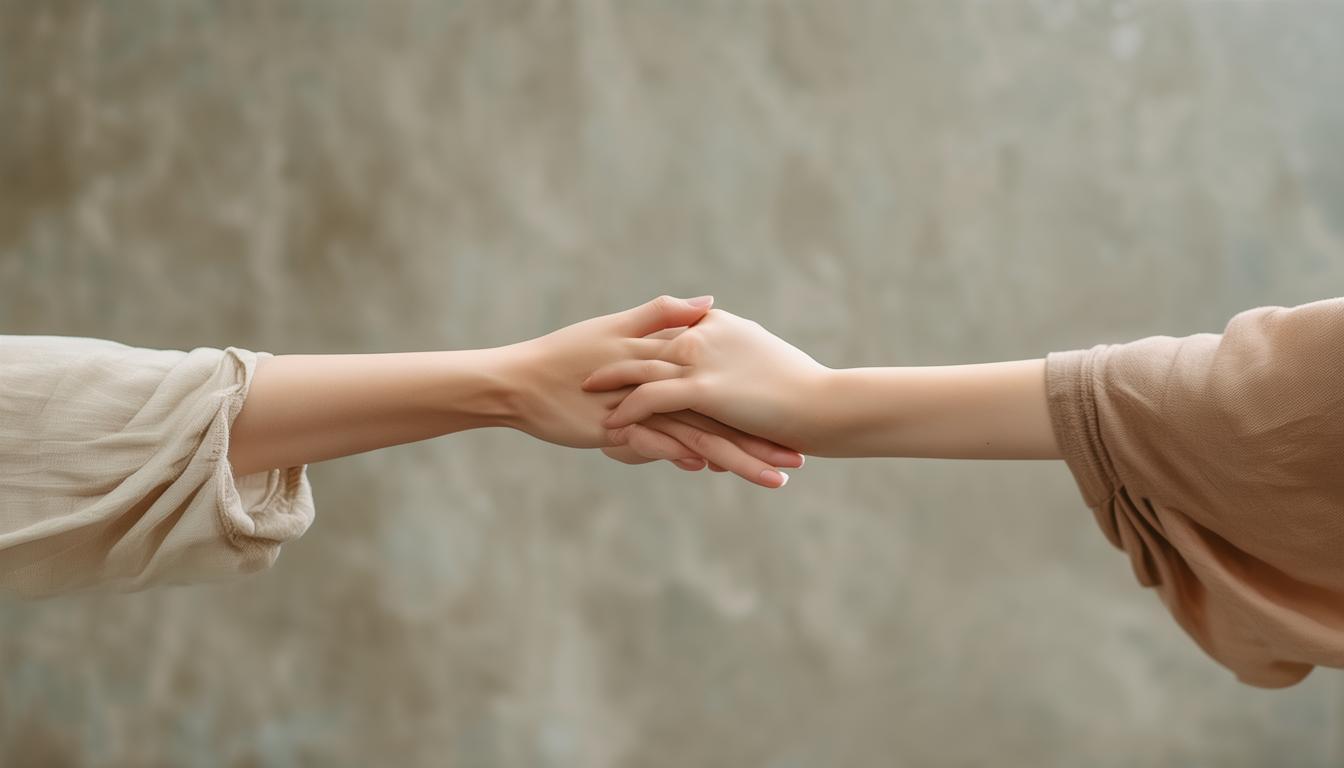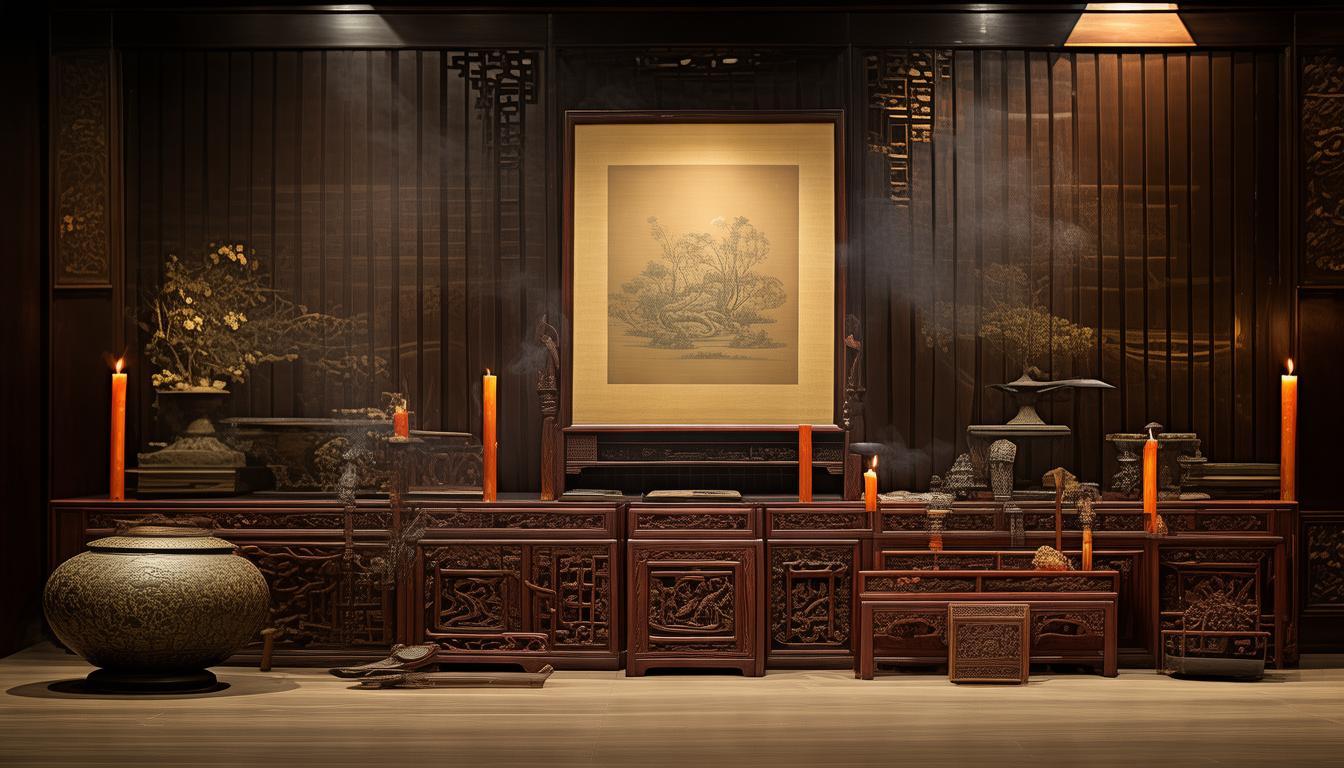Qigong and Tai Chi, two methods of health exercise that are widely circulated in my country, are rich in cultural heritage and philosophical essence, and they have brought a comprehensive positive impact on people's physical and mental health.
Origin of the ritual
Qigong has a long history and originated from ancient times. At that time, people used breathing and movements to maintain health and fight diseases. After years of change, Qigong has integrated various cultural concepts such as Taoism and Buddhism. The Tai Chi school was born in the late Ming and early Qing dynasties and was founded by ancestors combining traditional health preservation methods with knowledge such as military tactics. It integrates the theory of yin and yang into the movements, so that practitioners can understand the laws of nature in the practice of alternating movement and stillness.
As time goes by, the skills of Qigong and Tai Chi are constantly improving, and many unique schools and styles are gradually derived.
Action Features
Every movement of Qigong seems calm and gentle, and special emphasis is placed on the coordination of breathing and movement. The practitioner inhale slowly, then exhale slowly. During this process, the body gradually stretches and contracts. The whole process is like clouds floating leisurely in the sky, making people feel a sense of tranquility and comfort. The Tai Chi movements are continuous, like flowing water and clouds, and each movement reveals a calm temperament. These movements are like lines on long scrolls of landscapes, showing both a tough and powerful charm and a gentle and delicate style. During the drill, they are like a vivid and realistic painting that is presented in front of you.

Moreover, the movements of both are smooth and natural, without obvious pauses or abruptness.
Fitness effects
Persevering in practicing breathing can help adjust the flow of qi and blood in the human body and improve the individual's immunity level. After a period of exercise, most people have noticed that their sleep quality has been improved and their energy has become more abundant. Tai Chi exercise can not only strengthen muscles and joints throughout the body, but also significantly enhance cardiopulmonary function. Many elderly people have become more flexible by practicing Tai Chi, reducing the risk of falling and injury.
These fitness effects have been extensively practiced and verified.
Cultural significance
Qigong demonstrates the ancients' profound understanding of the relationship between nature and human body, and its purpose is to explore the harmonious unity between man and nature and heaven and earth. The core concept of "harmony between man and nature" contained in it makes people realize that they are part of nature. The idea of "the doctrine of the mean and harmonious coexistence" advocated by Tai Chi teaches us to maintain a peaceful mind when encountering challenges in life and ensure that we are not biased in interpersonal communication.

They are all shining pearls in the treasure house of traditional culture.
Modern influence
Nowadays, both in cities and rural areas, Qigong and Tai Chi are widely loved. In the gym, people who practice qigong and Tai Chi can often be seen; in the early morning of the park, enthusiasts gather together to learn about their skills. In addition, these two exercise methods have spread all over the world, attracting many foreign friends to learn and experience.
This shows that the charm of tradition is crossing national borders and infecting more people.
Have you experienced some unique experiences when practicing Qigong or Tai Chi? If this article inspires you, you might as well give it a thumbs up and spread it.



Leave a Reply